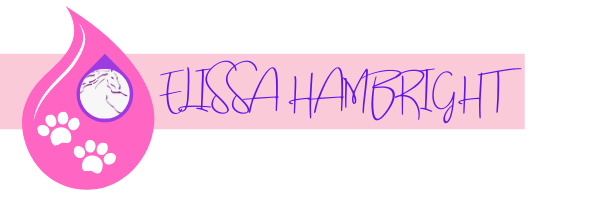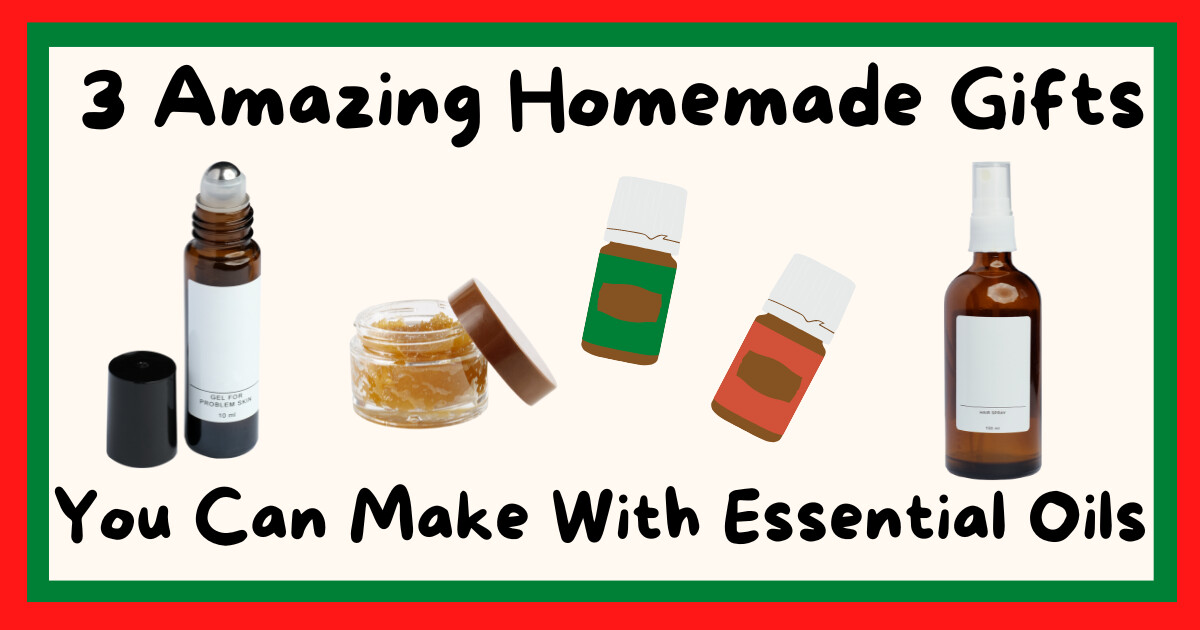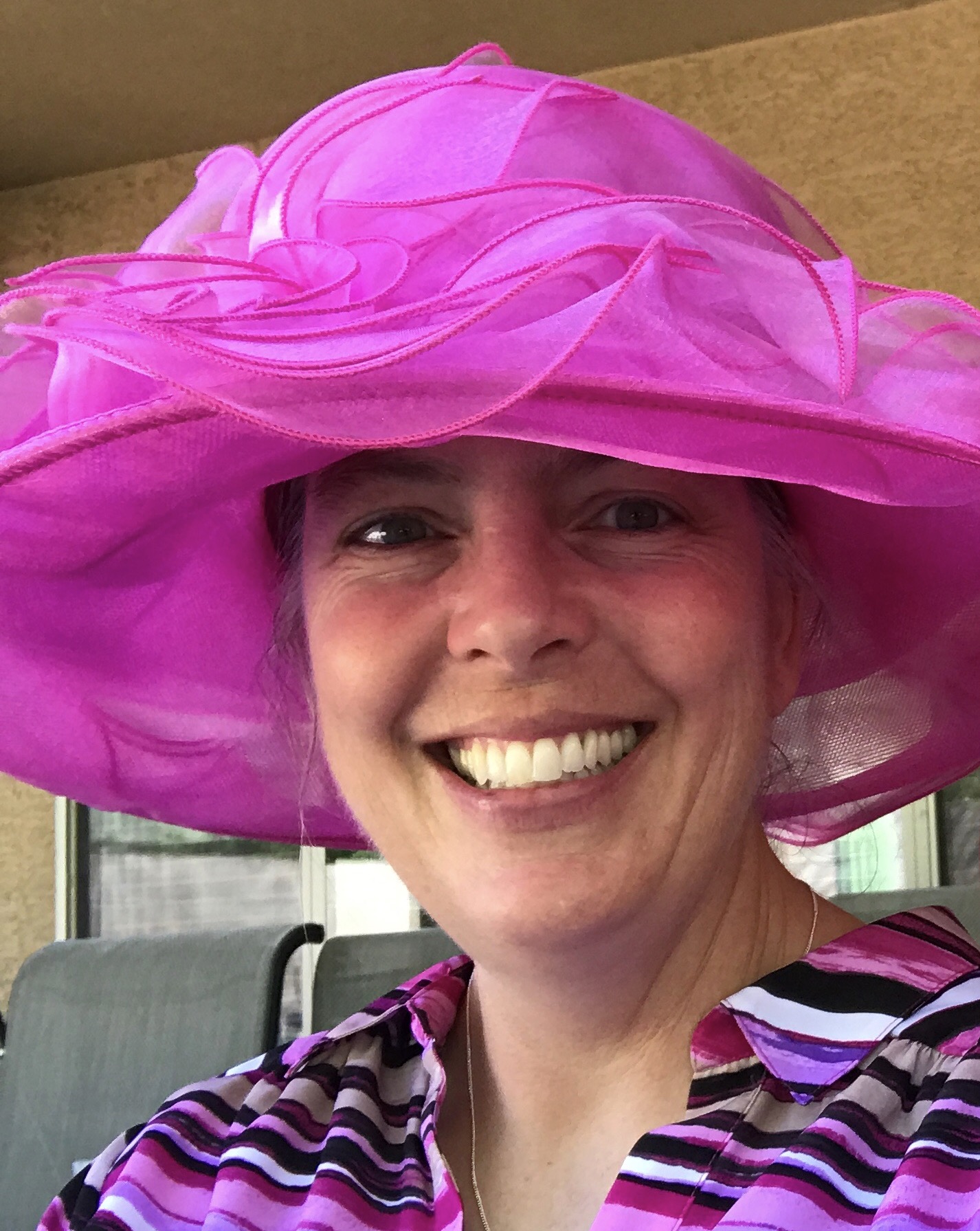
As horse owners, we know how irritating and bothersome horse flies can be to our equine companions. These pesky insects not only cause discomfort to horses but can also transmit diseases. While there are numerous chemical-laden fly sprays available in stores, many of us prefer to use natural alternatives to avoid exposing our horses to potentially harmful chemicals. One such natural solution is making our own essential oil horse fly spray. In this blog, let's dive into why you might want to choose a DIY natural fly spray over a store-bought chemical one, how to make a fly spray using essential oils (plus my favorite fly spray recipes), and why it takes a comprehensive approach when using natural fly deterrents to get the most out of your fly program.
Why Choose a DIY Natural Fly Spray?
There are several compelling reasons why you might want to make your own homemade fly spray as opposed to using a store-bought chemical one. Here are a few:
- Avoiding Harmful Chemicals: Commercial fly sprays often contain chemicals such as pyrethroids, permethrin, and DEET, which can be toxic to horses, other animals, and the environment. By making your own fly spray with essential oils, you have control over the ingredients and can avoid using products with harmful chemicals. If you can smell it when you spray it, it's affecting you!
- Customization: Making your own fly spray allows you to customize the scent and potency according to your horse's needs and preferences. You can also experiment with different essential oil combinations to find what works best for your horse.
- Cost-effective: DIY fly sprays can be more cost-effective in the long run compared to commercial options, and essential oils can also be used for various purposes other than making fly spray.
- Environmentally-friendly: Natural fly sprays are typically biodegradable and do not contribute to environmental pollution, making them a more eco-friendly choice compared to chemical-laden options.
Do homemade equine fly sprays really work?
Yes and no! Essential oils have been studied as insect repellants, a quick search on PubMed lists 833 results, however they aren’t going to work like a chemical laden spray. Chemical fly sprays not only have ingredients in them to repel insects but also to kill insects and last for days on your horse. Essential oil sprays work to repel insects and need applied more frequently. It takes a comprehensive approach to use a natural fly repellant for horses.
A Comprehensive Approach
If you're going to go 'au naturel'...a comprehensive approach works best.
- Cleanliness: Keep your horses environment as clean as possible, removing manure, wet bedding, and any decaying organic matter where flies tend to breed. A clean environment will discourage fly infestations.
- Fly Sheets and Masks: Consider using fly sheets and masks to provide an extra layer of protection for your horse. These garments help shield your horse's body and face from flies, reducing their annoyance and potential bites.
- Fly Traps: Set up fly traps in and around the stable area to capture and control fly populations. Place them strategically in areas where flies are most active, but far enough away that your'e not attracting flys to your horse-haha.
- Natural Fly Predators: Give them a try, I use them and definitely think they make a difference.
- Fans and Ventilation: Install fans or ensure proper ventilation in the stable to create airflow. Flying insects dislike breezy environments, making it less inviting for them to settle.
- Avoid Peak Fly Activity: Plan your rides and activities during times of the day when flies are less active, typically early morning or late evening. This reduces the annoyance and distraction caused by flies.
- Regular Grooming: Regularly groom your horse to remove any debris or dirt that might attract flies. Use a soft brush or grooming mitt to keep your horse's coat clean and fly-free. It also works better to apply a natural repellant to a clean coat and then brush it in for maximum effectiveness.
By combining these comprehensive fly management tips with the use of your essential oil fly spray, you'll maximize your fly control.
Effective Essential Oils for Flies
Certain essential oils possess natural repelling properties, making them ideal candidates for homemade fly sprays. Here are some key essential oils, studied for their effectiveness in deterring flies and other insects, that can be combined in various ways to create an effective homemade fly spray.
- Lemongrass-a refreshing oil with a bright grassy citrus scent
- Citronella oil-commonly used in outdoor sprays
- Tea Tree-a popular oil for its cleansing and purifying properties
- Peppermint-known for its cooling and invigorating properties
- Thyme-an oil often used to promote overall wellness with a strong herbal scent
- Rosemary-a herbaceous oil with a woodsy aroma
- Geranium-a floral oil often used in skincare
- Cedarwood-a warm and grounding aroma
- Eucalyptus oil-a fresh and medicinal scent often used in respiratory support
In addition to the essential oils and water base, you'll want to include some additional ingredients to help the essential oils incorporate into the mix. You can choose either a carrier oil (like fractionated coconut oil) or vodka, depending on your preference. A carrier oil not only helps blend the essential oils with the water but also provides a longer-lasting effect on the horse's coat. However, keep in mind that carrier oils may attract dust. On the other hand, vodka can also be used as a mixing agent and acts as a natural preservative. Another option to consider is adding a splash of apple cider vinegar, which can enhance the repellent properties of the spray.
You'll want to experiment and see what works best. That's also why I give a list of oils, I've had success with several different combinations, but also find that what works in the beginning of the summer doesn't work as well as the end, and sometimes location makes a difference. I use a different mix at my house vs. across town where I board a few of my horses. To get you started here are my 3 favorite essential oil recipes so far that I've used:
20 drops lemongrass essential oil
20 drops citronella essential oil
20 drops peppermint essential oil
20 drops tea tree essential oil
20 drops citronella essential oil
20 drops thyme essential oil
20 drops rosemary essential oil
20 drops geranium essential oil
20 drops cedarwood essential oil
20 drops eucalyptus essential oil
20 drops peppermint essential oil
20 drops rosemary essential oil
How to Make Essential Oil Horse Fly Spray
Now that we know which essential oils can be helpful for bugs, let's learn how to make a homemade horse fly spray using these oils. Here's a simple homemade fly spray base recipe:
Ingredients:
- 16 ounce spray bottle-high quality chemically resistant PET or HDPE plastic
- distilled or purified water (you can use tap but I like to use water that has the impurities removed-your mix will last longer too, if you're using it up quickly, that's not so important)
- 2 tablespoons of a carrier oil (such as fractionated coconut oil) or other emulsifiers like witch hazel or vodka
- 20 drops of 4 different essential oils from the list above (a combination of lemongrass, citronella, tea tree, peppermint, thyme, rosemary, geranium, cedarwood, and eucalyptus)(80 drops total)
- 1 tablespoon of Castile soap (another emulsifier)( you can also use an all natural dish soap, but I like Castile soap due to its mildness)
Instructions:
- Add the carrier oil to your spray bottle first. This helps the essential oils disperse more evenly and stick to your horse’s coat longer.
- Add about 80 drops total of essential oils (choose from the recipes above or make your own). You can adjust the amount based on your horse’s size, age, sensitivities, and what you observe over time.
- Add 1 tablespoon of Castile soap. This acts as an emulsifier, helping the oils mix better with water.
- Give the bottle a good shake now, before adding the water, to start blending the oils with the emulsifiers.
- Fill the rest of the bottle with distilled or purified water. Shake well before each use to keep the oils distributed.
Your homemade fly spray is now ready to use!
Why Use an Emulsifier?
You may wonder why carrier oils and emulsifiers like Castile soap are necessary in a homemade fly spray. The reason is that essential oils are not water-soluble, which means they do not mix well with water alone. When you spray a mixture of water and essential oils on your horse, the essential oils may separate from the water, resulting in uneven application and reduced effectiveness. An emulsifier helps to create a stable solution by dispersing the essential oils evenly in the water, ensuring that the fly spray is more effective and more evenly applied.
Another emulsifier that I like to use in place of Castile soap is apple cider vinegar. This emulsifier also helps to mix the oil and water-based ingredients and can provide additional benefits. For example, apple cider vinegar has properties that can be helpful for skin.
Additional emulsifiers that you can use are: vodka, which can act as a preservative; witch hazel, which has astringent properties; and fractionated coconut oil, great for a skin moisturizer. You can choose the emulsifier that best fits your preference and the needs of your horse as well as combine them.
How to Use Essential Oil Horse Fly Spray for Best Results
To get the best results from your homemade essential oil horse fly spray, here are some tips for proper application:
- Shake well before use: Essential oils may separate from the water-based solution over time, so it's important to shake the spray bottle well before each use to ensure that the ingredients are evenly mixed.
- Avoid spraying near eyes, nose, and mouth: Just like with any other fly spray, it's important to avoid spraying the solution near your horse's eyes, nose, and mouth and to instead, apply it via mitt, brush, or rag and wipe on.
- Spray evenly on the coat: Spray the solution evenly on your horse's coat, focusing on areas where flies and other insects are most likely to land, such as the neck, chest, belly, and legs. Use a cloth or a brush to wipe the solution into your horse's coat for better coverage.
- Reapply as often as needed based on the activity level and environmental conditions your horse is exposed to. Keep an eye out for anything that might indicate a sensitivity to what you are using. For example- dry skin, flaky skin, skin scurf, bumps, redness, irritation, itching or rubbing. If this is noted, try decreasing the essential oils and/or increasing the emulsifier, as well as applying less often. You may need to swap out the essential oils used as well.
- Ideally, you'll want to store your mix in a cool, dark place: Essential oils are sensitive to light and heat, which can cause them to degrade and lose their effectiveness. This will help preserve the potency of the essential oils.
Conclusion
Creating your own DIY fly spray provides a natural and efficient method to assist your horse in combating outdoor pests, all without relying on harsh chemicals. With a homemade fly spray, you gain authority over the ingredients and can tailor the spray to cater specifically to your horse's requirements. You also don't need to wear a gas mask when you spray it at the barn! Enjoy embracing a holistic and eco-friendly approach to the fly season using essential oils!
Ready to take your knowledge of essential oils and horses to the next level? Dive deep into the world of essential oils and horses with my beginner course, "Oily Horse Intro." Gain a thorough understanding of what essential oils are, where and when to use them, how to apply them effectively, and why they are beneficial for your equine companion.
Don't miss out on this opportunity to become a confident and knowledgeable essential oil user.
Click this link today and enroll in "Oily Horse Intro" Your equine partner deserves the best, and you have the power to provide it. Take action now and embark on this transformative journey together! Click HERE











1 Comment